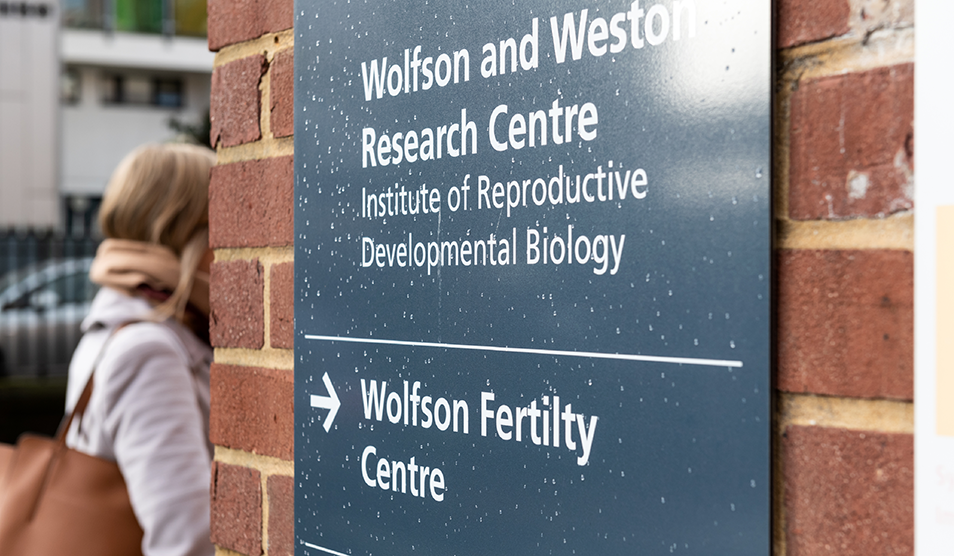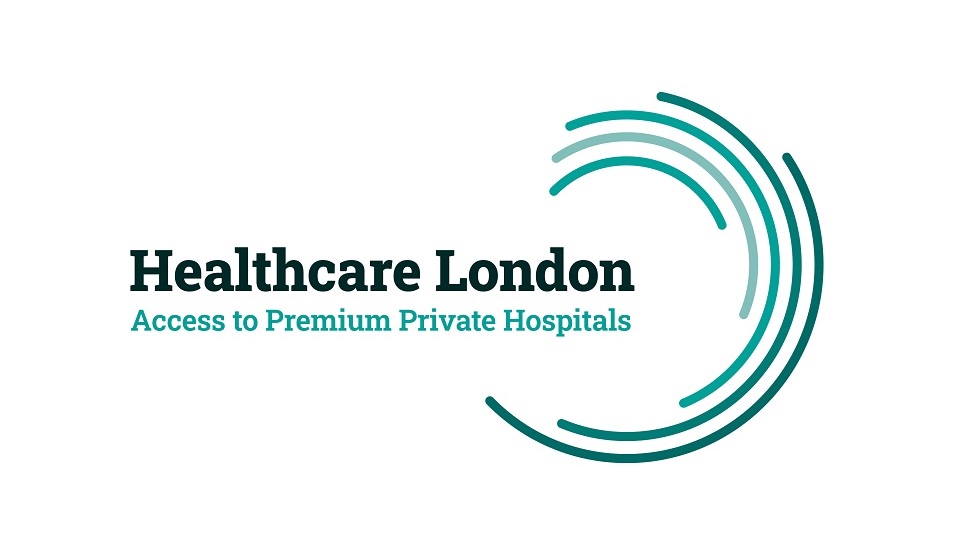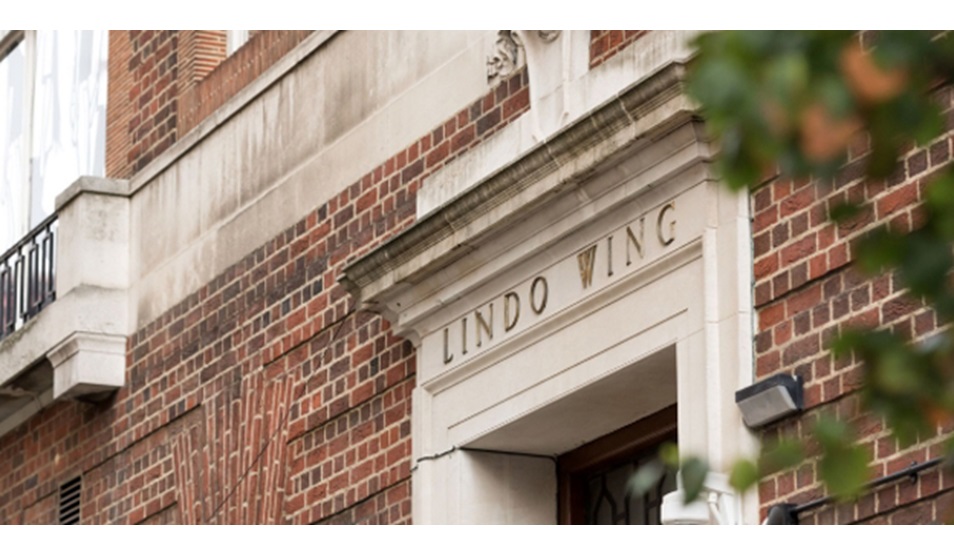How do you treat a hernia?
Hernias are bulges in the groin or abdominal wall which occur when bowels or other tissues are pushed through the muscle, potentially leading to pain or difficulty in participating in normal activities. In our blog, consultant general surgeon at The Lindo Wing, Professor Sanjay Purkayastha explains the different types of hernias and what the treatment options might be.
There are several different types of hernia, although they all have a commonality of a bulge where part of an organ has become displaced.
The most common types of hernia in men are inguinal hernias, which are in the groin, whereas in women, para-umbilical hernias can happen after pregnancy. There are also femeral hernias, which have a higher risk of needing emergency surgery, incisional hernias (which happen in the same site as a prior surgery) and hiatus hernias which happens as a result of a weakened diaphragm muscle.
Treatment options
In some cases, hernias don’t cause any real problem, and in those instances, as long as they can be manually pushed back in, they don’t require any particular treatment. At the other extreme, for example, if the bowel becomes stuck, it can require emergency surgery. And then there are a lot of cases in between, where surgery is required to correct the problem.
Historically, the solution has been open surgery. In these cases, the incision would be about 7-10 cm long, recovery could be painful and would typically take around six weeks. Scarring would be a common side effect.
Minimally invasive surgery
At Imperial Private Healthcare, we offer minimally-invasive, otherwise known as keyhole surgery for hernias. This involves three tiny incisions – one of 10 mm and two 5 mm incisions. A camera is inserted to help the surgeon to see what they are doing and small instruments are used to complete the surgery. The whole process can be done as a day case in most instances.
Fast recovery time
Recovery time from minimally invasive surgery is remarkably quick. Patients often go home on the same day (after the anaesthetic has worn off), and can return to most other normal activities within 10 to 14 days. Paracetamol and over the counter pain killers are usually sufficient to help with pain management in the early days. Patients are safe to drive as soon as they are capable of performing an emergency stop and are free of any physical restrictions from the operation. Usually driving limitations are more limited by insurance clauses than by the surgery itself.
An expert team
The team at Imperial Private Healthcare, and our associated NHS Trust, has a long track record of advanced minimally invasive surgical techniques. We are leaders in the field for complex surgery and have carried out a huge number of hernia repairs in this way. We also work very closely with our anaesthetist colleagues, making sure that our patients are well cared for every step of the journey, from pre assessment, through surgery and into pain management and advice after the procedure. We have a very high success rate, and it is rare that a patient needs to return for further surgical treatment for the same problem. In fact, if you are having problems due to a previous hernia surgery elsewhere, then we would be a happy to review your case to see if we can improve the situation for you.
To enquire about hernia repair, please contact our referral hub on 020 3311 7700 or email imperial.private.healthcare@nhs.net.
Prior to October 2023, Imperial College Healthcare Private Care was known as Imperial Private Healthcare.



